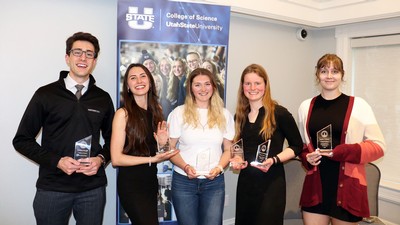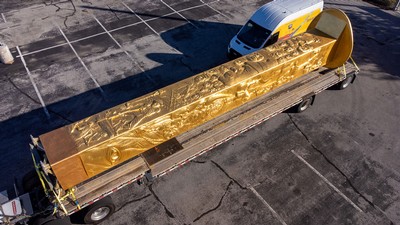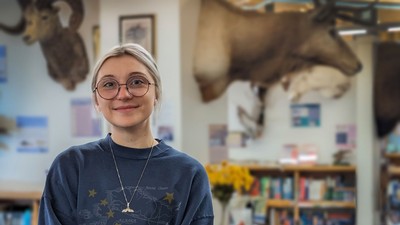Your Vacay Photo Social Media Posts Help Science Says USU Researcher
Jordan Smith, director of USU Extension's Institute for Outdoor Recreation and Tourism and faculty member in the Department of Environment and Society, says social media posts reveal destinations 'highly valued’ by the public.
Instagram pictures of friends and family enjoying the outdoors are more than just electronic eye candy. This information can be used to identify natural landscapes highly valued by the public, says Jordan Smith, director of Utah State University Extension’s Institute of Outdoor Recreation and Tourism.
“Millions of people post pictures of their favorite places on social media every day,” says Smith, assistant professor in USU’s Department of Environment and Society. “We can use this data to determine something about the places that we, as a society, value most.”
With colleagues Boris van Zanten, Koen Tieskens and Peter Verburg of Amsterdam’s Vrije Universiteit and Derek van Berkel and Ross Meentenmeyer of North Carolina State University, Smith published findings in the Oct. 31, 2016, online Early Edition of the Proceedings of the National Academy of Sciences. The team’s research was supported by project Operational Potential of Ecosystem Research Applications or ‘OPERAs’ of the European Commission 7th Framework Program.
The researchers explored how social media data could be used to identify ‘hot spots’ of highly sought destinations on the landscape. They identified and mapped locations of images being shared on Panoramio, Flickr and Instagram.
“We did this for all of Europe, using each of the three major photo-sharing social media platforms,” Smith says. “We found similar patterns across all three platforms.”
The exercise helped the team understand which outdoor settings travelers have on their bucket lists, he says, without being bound by social, political and ecological boundaries.
“This is really exciting because it allows us to identify, in an objective way, which natural landscapes are valued and used by the public,” Smith says. “This is something we haven’t been able to do with traditional social science research methods, like surveys.”
The information could be used, he says, to prioritize management dollars and allow managers to be more aware of people’s attachment to their favorite outdoor places.
“These posts are helping science,” Smith says.
Related links:
USU Department of Environment and Society
USU Extension Institute of Outdoor Recreation and Tourism
USU Quinney College of Natural Resources
Contact: Jordan W. Smith, 435-797-9174, jordan.smith@usu.edu
Writer: Lael Gilbert, 435-797-8455, lael.gilbert@usu.edu
Using data from photo-sharing social media platforms, Smith and colleagues mapped highly sought travel destinations throughout Europe. The research team published findings in 'The Proceedings of the National Academy of Sciences.'
TOPICS
Research 881stories Extension 457stories Outdoor 80storiesComments and questions regarding this article may be directed to the contact person listed on this page.








